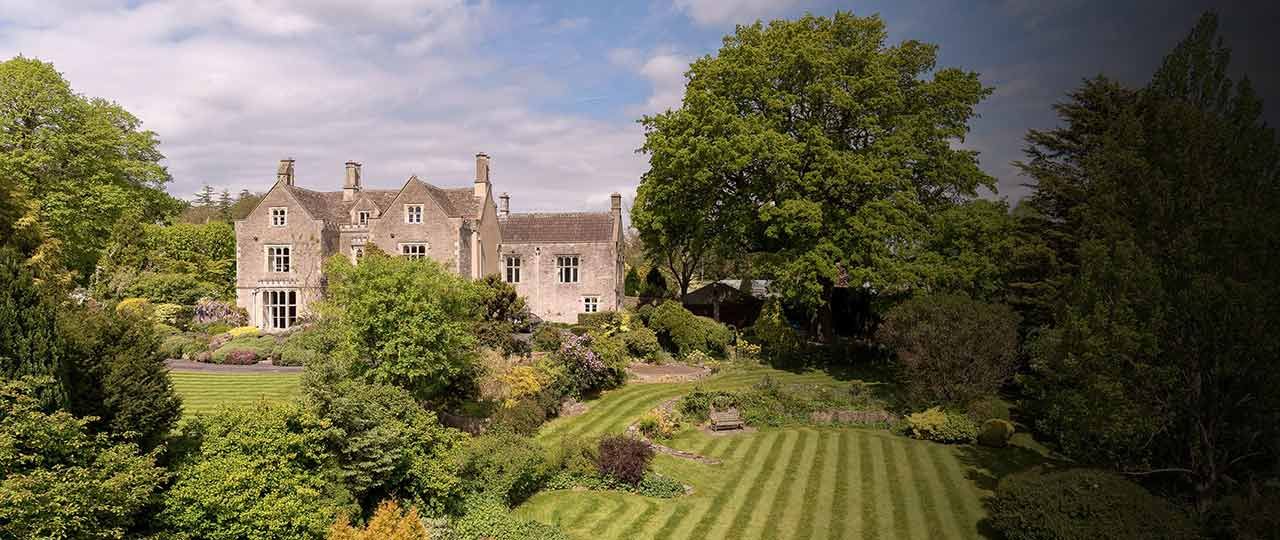
Oliver Custance Baker
Head of National Country House Department


Head of National Country House Department
Victorian housing is one of the most common – and most popular – period home styles in the UK. But why are they so popular?
During the Victorian period – roughly 1837 to 1900 – the UK was undergoing massive change. It was not only one of the wealthiest periods in our history, but also saw a huge surge in the population. This led to a rise in the number of homes built. Between 1801 and 1911, the population rose from about 9 million to 36 million, while housing rose from 1.6 million to 7.6 million.
First and foremost, people love their space. The proportions are often great in Victorian homes and, more often than not, they’re light and bright – the Victorians weren’t that far behind the Georgians in wanting big windows from ceiling to floor.
As the Victorians were some of the wealthiest Brits ever, many of their homes were built with absolutely no expense spared. The features in Victorian properties are really very special because of the amount of money flowing through the Empire at the time.
They also had revered experts and tradesmen to do the job. There are houses today where the original roofs and beams are still in place and don’t need replacing. Many have stood an amazing test of time, but compared to Tudor homes are relatively young so still have plenty of life in them.
There was also the influence of the Empire on design - a lot of Victorian homes have Indian and Asian influences. So if you’re looking for a good example of a Victorian property, then look out for these international design touches.
There was no planning permission at the time either – people simply chose the best view, best spot, best whatever, and built their home there. Many such properties are placed in the most fantastic settings from the top of valleys to the edge of villages. The Victorian rectory and vicarage were also in ascendancy at the time, so you’ve got plenty of wonderful properties sitting next to churches in the oldest parts of beautiful villages. Find out more about the enduring appeal of rectories here.
And it wasn’t just the big country manors that were great. The wealthy Victorians were also building homes for their workers – and sometimes even whole villages. This means that even the smaller Victorian homes are still built to a fairly high standard. It was the era of the philanthropist who took pride in providing quality living accommodation for their workers.
While you’ll often get large Victorian manor homes, the era also introduced the modern terrace, with a kitchen to the rear and living spaces at the front.
Space and light are key aspects of a Victorian property, but it’s often the details that help define them. Design features like ornate fireplaces, staircases, panelling, ceiling roses and cornicing will sit alongside classic picture rails and dado rails.
Fireplaces were especially popular and often featured in every room. These days, many have been taken out of use but can be restored either in working condition or as a design feature.
Other classic features of the era are tiled floors – you’ll often see these today in the hallway – and stained glass windows inside the home or above external doors.
On the outside, patterned bricks were popular. The roof usually had barge board as well as decorative slate roofs sometimes with small carved ornament on the point.
A big change between the Georgian and Victorian eras was the arrival of plate glass, which helped create larger, single or double paned windows.
Pretty much every village, town and city in the country will have some Victorian homes. But there are areas with particularly good examples of these properties:
- London. The capital is awash with great Victorian properties, from West to East.
- Winchester. Some of the best examples of the cottage-style Victorian homes can be found around Fulflood.
- Liverpool. The city’s famous Albert Docks are a classic example of how Victorian industrial architecture has been transformed into modern homes.
- Weston-Super-Mare.Spa towns and seaside resorts were big business in Victorian times, with Weston-Super-Mare a favourite among the era’s elite.
- Bristol. The city is full of great examples of Victorian properties, especially around areas like Clifton Downs.
- Portsmouth. The area, along with Plymouth, benefitted during the Victorian era from its thriving shipping industr
As mentioned, many of the Victorian homes were built to high standards and ones coming to the market these days will usually have been updated with modern features.
Those with original features are obviously very sought-after – and this is particularly true if they have those touches of Empire influence too.
But keep an eye out for damp. Victorian builders weren’t brilliant with their damp proof coursing. Later in the period, builders started to figure this out and put slate in. But anyone buying a Victorian home today should consider getting damp proof course if it doesn’t already have one.